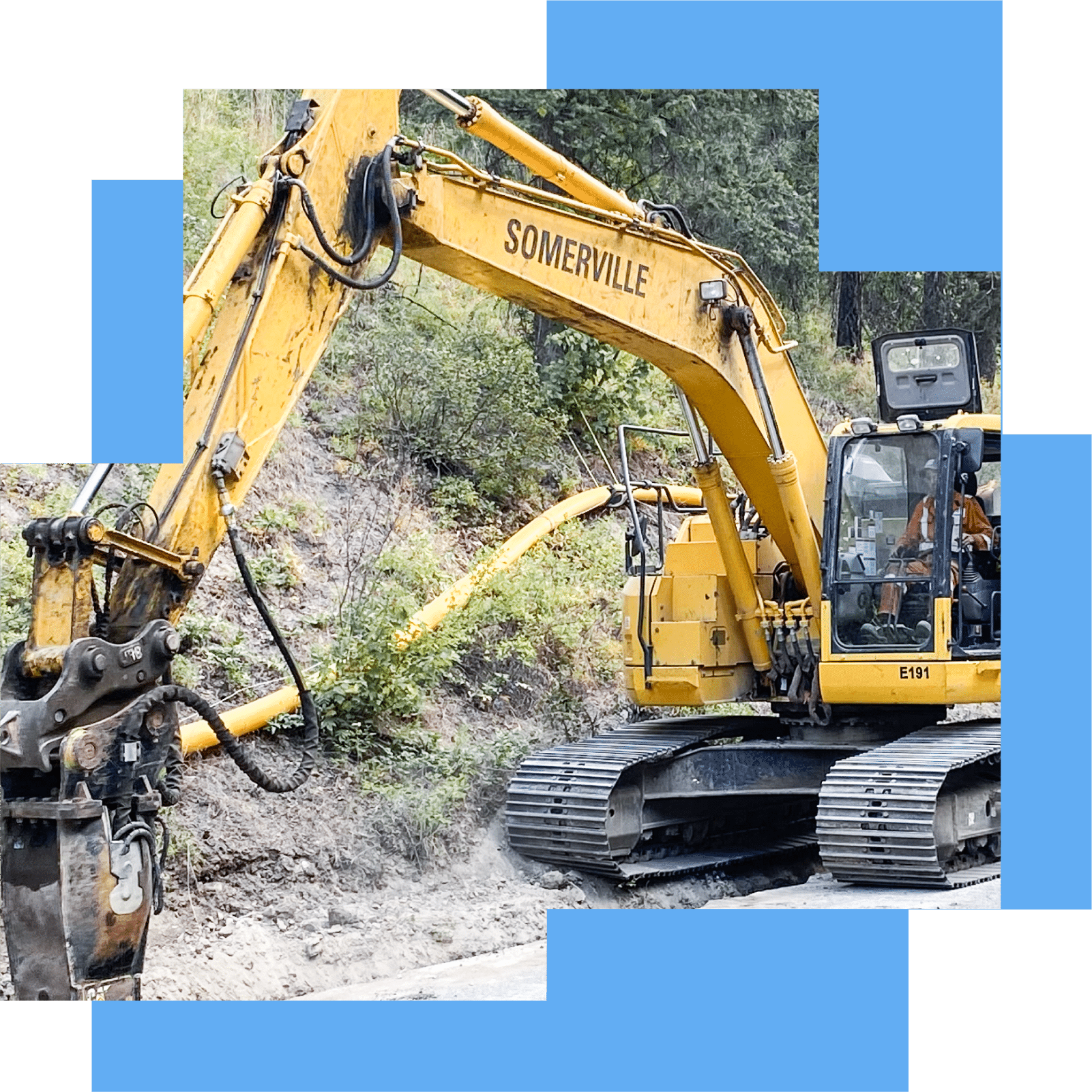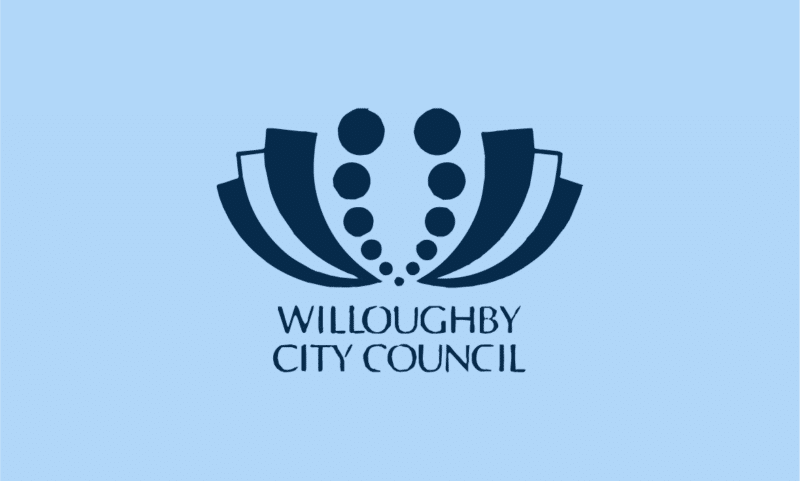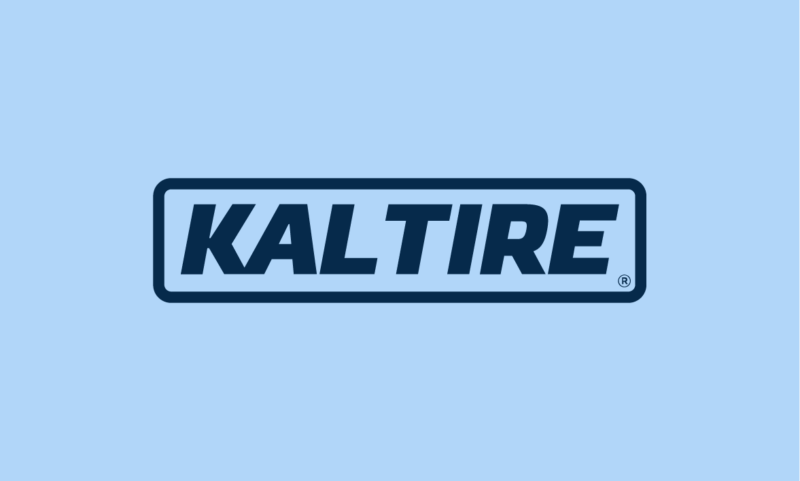Resources: Customer Stories
An important first step of a business-transformation program
Digitally sharing paystubs proved an easy way for RB Somerville to reduce payroll costs by 15%

The low-hanging fruit of transformation
In 2020, business transformation expert Paul Markovsky joined RB Somerville, a Canadian utility and energy infrastructure leader. His primary responsibility? To drive some significant business efficiencies.
It didn’t take Paul long to spot the first opportunity.
Somerville was emailing and posting paystubs to around 1,000 employees at job sites across Canada – anywhere from big cities to remote locations in the mountainous region of Alberta. There was a constant risk of this confidential information being lost or intercepted.
Meanwhile, the six-strong payroll department was overstretched. On a weekly basis, they would have to print the paystubs and work out how to distribute them to the various sites. It was clear to Paul that Somerville needed to find a better way.
Then he came across Payreq. Fast-forward several months, and Somerville paystubs were no longer being shared by post or email. Every team member had anytime access to their pay documentation. And the payroll department wasn’t wasting time on print, post and email logistics. Meanwhile, Somerville was saving an incredible 15% on payroll costs.
But perhaps the most striking part of the Somerville story is just how easy it can be to kickstart a business transformation with the right digital solutions applied to the right problem.
Read on for the full story.
The pains and strains of email and post
RB Somerville has been installing and maintaining infrastructure such as oil and gas pipelines and utilities systems for more than 60 years. At any given time up to 1,000 team members, many on short-term contracts, are working on projects across Canada.
As soon as Paul – a Lean Six Sigma process-improvement Black Belt – joined the Somerville team, he started working with senior leadership to find opportunities to optimize processes.

He explains: “It was immediately obvious that the distribution of paystubs needed to change. Our employees were often based in small camps set up near projects in remote locations. Sometimes we would courier the paystubs. Other times we had to email them to site superintendents who would print then distribute them.
“It wasn’t a secure way to be handling confidential information.”
The payroll team also had to send some paystubs to people’s homes via snail mail. The different delivery methods added up to a lot of administrative work. Factor in the Wednesday afternoons dedicated to printing out paystubs, figuring out which delivery method to use for each person, then arranging logistics. The cost to Somerville was significant.



